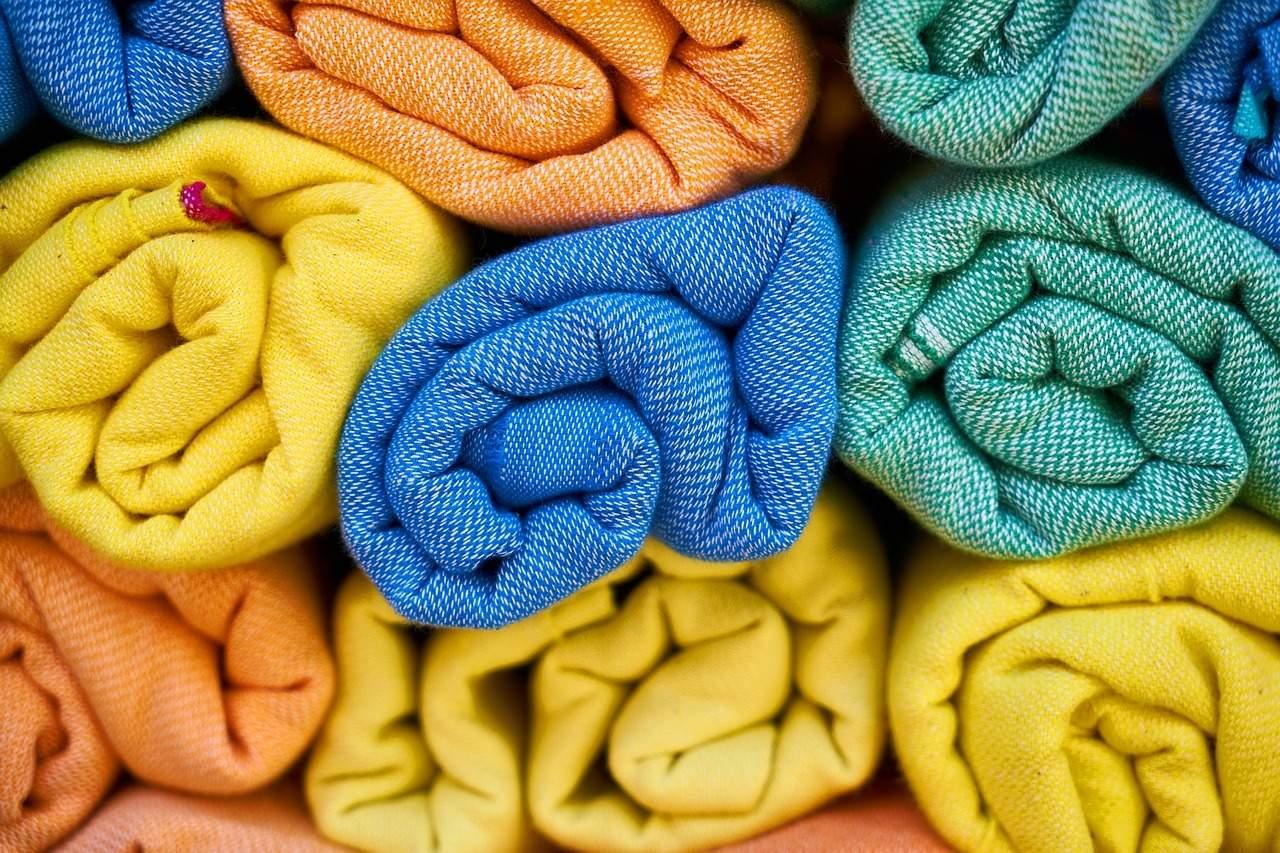6 Diseases That May Happen Due to Sharing of Personal Items
Many of us may be used to sharing personal items, with relatives, friends, or even people you don't know, including items used in public places. This personal item can be in the form of towels, clothing, shoes, and other objects used in the body.

We recommend that from now on you limit the habit of using personal items together. Why? Because this can cause you to contract with various skin diseases that do not know where it came from.
What skin diseases can occur due to sharing of goods?
Some skin diseases can be caused by the use of personal items together, are:
1. Lice hair
Head lice are small insects that live on the scalp and hair. Adult hair lice lay eggs on the hair roots where they become tightly attached. Head lice may not be visible, but eggs can be seen sticking to the hair. Head lice can be transmitted through sharing personal items, such as hats, combs, beds, or clothing. Head lice cannot jump or fly. We recommend that you keep your hair healthy by washing it regularly to avoid developing lice.
2. Scabies
Scabies is an infection of the skin caused by mites, which are small insects from the spider family. Mites can move because of direct contact with an infected person. Mites can live only a few days on the body and cannot jump or fly. Signs of scabies are the appearance of a rash and itching, usually at night. In children, usually, a rash appears on the head, neck, palms, soles of the feet, and between the fingers.
3. Ringworm
Ringworm is a fungal infection of the skin. Ringworm can be transmitted through direct contact with infected skin or with contaminated objects, such as animals, towels, blankets, clothing, beds, and others. Ringworm on the scalp can cause hair loss and even baldness.
4. Athlete’s foot
Athlete's foot is a skin inflammation that usually occurs in the thumb or soles of the feet. Athlete's foot can cause the feet to itch, feel burning, and pain. This skin disease can be transmitted through the use of footwear alternately. To prevent this disease from happening to you, you should keep your feet dry by using socks while wearing shoes.
5. Molluscum contagiosum
Molluscum contagiosum is a skin infection caused by a virus. This virus produces benign lesions or lumps that appear on the surface of the skin. The small lumps produced are usually painless and will eventually disappear on their own without leaving a trace. The molluscum contagiosum virus spreads through skin contact with an infected person or through contact with contaminated objects, such as towels, clothing, and sports equipment. Small children aged 1 to 10 years are easy to contract this virus, especially if they have a weakened immune system.
6. Methicillin-resistant Staphylococcus aureus
Methicillin-resistant Staphylococcus aureus or commonly abbreviated as MRSA is a type of bacteria that is very resistant to antibiotics. MRSA is very easily transmitted to people who have a weakened immune system. MRSA is a skin infection that looks like a pimple, boil, or wound. Infection can cause pain, redness, swelling, and possibly fester. If not treated immediately, it can develop into a more serious disease. MRSA can be transmitted through skin contact with an infected person and can also be transmitted through contact with the surface of contaminated objects, such as objects used together.
Tips for avoiding skin diseases
That is why we should avoid sharing personal items. Personal hygiene must be prioritized to prevent various diseases, especially skin diseases. In addition to avoiding the use of personal items together, other things that must be done to avoid skin diseases are:
Washing hands
Things that are easy to do but rarely practiced by us. Unconsciously we may have been in contact with objects contaminated with various kinds of germs. To kill these germs, you should wash your hands with water and soap . By washing your hands, the risk of spreading germs can be reduced. In addition to washing hands before and after meals, you should also wash your hands after using the restroom, visiting people who are infectious, outside the room, and after contact with animals.
Although hand sanitizer is widely used as an alternative to hand washing lately, it contains chemicals that can irritate the skin and make the skin dry. You can use hand sanitizer if there are no other options for hand washing.
Always maintain personal hygiene
By maintaining personal hygiene, it means we also prevent ourselves from various diseases. The intended personal hygiene is taking a bath twice a day on a regular basis, washing hair regularly, cutting nails, wearing clothes that have been washed before, maintaining the cleanliness of personal items, and other things that can be done as an effort to maintain personal hygiene.
Cover your wounds
If you have a wound, you should cover it with a dry bandage until it heals. Don't forget to always change the bandages, you should follow the doctor's instructions to properly treat the wound. Also avoid contact with wounds or other people's roles.